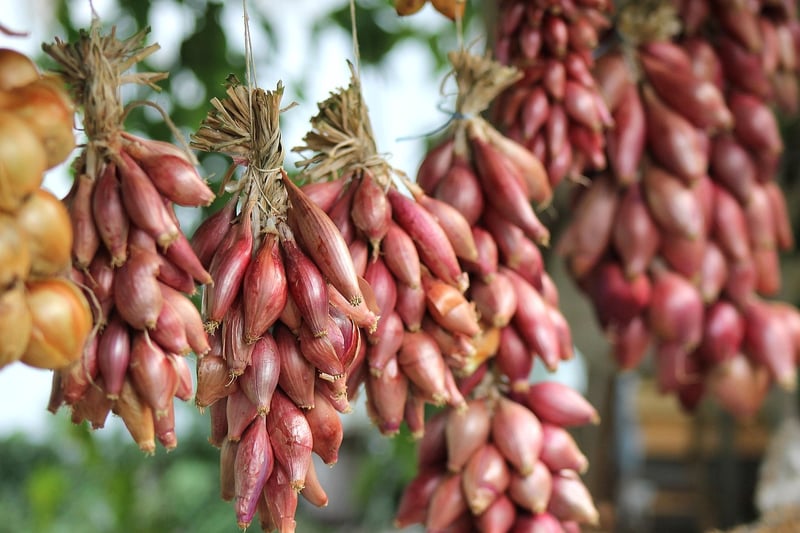Pruning Techniques
Essential Plant Maintenance and Pruning Techniques
Welcome to our guide on plant maintenance and pruning techniques! Whether you are a seasoned gardener or just starting, taking care of your plants is essential for their health and growth. Proper maintenance and pruning not only enhance the aesthetic appeal of your plants but also promote their overall well-being. Let's delve into some key practices you can adopt to keep your plants thriving.
1. Regular Watering and Soil Care
Water is vital for plant survival. Ensure your plants receive adequate water based on their specific needs. Check the soil moisture regularly and water accordingly. Additionally, consider using quality soil and fertilizers to provide essential nutrients for optimal growth.
2. Sunlight and Air Circulation
Most plants require sunlight for photosynthesis. Understand the sunlight requirements of your plants and place them in suitable locations. Adequate air circulation around the plants is also crucial to prevent diseases and promote healthy growth.
3. Pruning Techniques
Pruning is a fundamental practice that involves removing dead or overgrown branches to enhance the plant's shape and stimulate new growth. Different plants require specific pruning techniques. Here are some common methods:
a. Pinching
Pinching involves using your fingers to remove the tips of stems. This technique is useful for promoting bushier growth in plants like herbs and flowers.
b. Thinning
Thinning is the process of removing entire branches or stems to improve airflow and light penetration within the plant. It helps prevent disease and encourages new growth.
c. Heading Back
Heading back involves cutting back a portion of a branch to a bud or side shoot. This technique is commonly used to control the size and shape of shrubs and trees.
4. Tools for Pruning
Having the right tools is essential for effective pruning. Some common pruning tools include pruning shears, loppers, and pruning saws. Ensure your tools are sharp and clean to make precise cuts and prevent damage to the plant.
5. Timing of Pruning
Pruning at the right time is crucial for plant health. While the timing may vary based on the type of plant, a general rule is to prune flowering plants after they bloom and prune dormant plants in late winter or early spring.
6. Conclusion
By incorporating proper maintenance practices and mastering pruning techniques, you can ensure your plants remain healthy and vibrant. Remember to observe your plants regularly, adjust care as needed, and enjoy the rewards of a well-tended garden!
Images source: Pixabay

